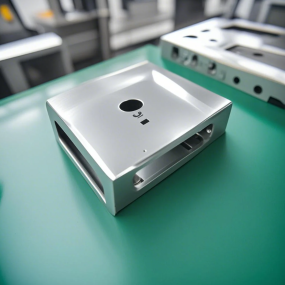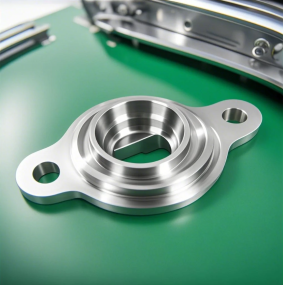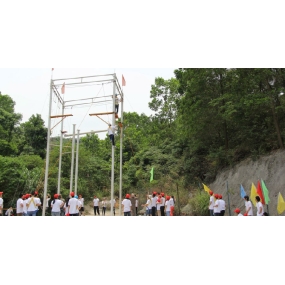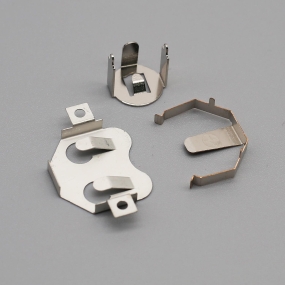Definition: Machining accuracy refers to the degree to which the actual dimensions, shape, and position of the machined part surface conform to the ideal geometric parameters required by the drawing. For size, the ideal geometric parameter is the average size; For surface geometry, it includes absolute circles, cylinders, planes, cones, and lines; For the mutual positions between surfaces, they are absolutely parallel, perpendicular, coaxial, symmetrical, and so on. The deviation between actual and ideal geometric parameters is called machining error.
Machining accuracy and machining error are terms used to evaluate the geometric parameters of machined surfaces. The machining accuracy of the CNC lathe is measured by the tolerance level. The smaller the level value, the higher the accuracy. The machining error is represented by numerical values. The larger the value, the greater the error. High processing accuracy results in small processing errors, and vice versa.
The actual parameters obtained through any processing method are not absolutely accurate. From the perspective of the function of the parts, as long as the machining error of the CNC lathe is within the tolerance range required by the part drawing, the machining accuracy can be guaranteed.
The quality of CNC walking machines depends on the machining quality of the parts and the assembly quality of the machine tool. The machining quality of parts includes machining accuracy and surface quality.
Processing accuracy refers to the degree to which the actual geometric parameters (size, shape, and position) after processing are consistent with the ideal geometric parameters. The difference between them is called machining error. The machining error reflects the machining accuracy. The larger the error, the lower the machining accuracy; the smaller the error, the higher the machining accuracy.


 Spanish
Spanish Arabic
Arabic French
French Portuguese
Portuguese Belarusian
Belarusian Japanese
Japanese Russian
Russian Malay
Malay Icelandic
Icelandic Bulgarian
Bulgarian Azerbaijani
Azerbaijani Estonian
Estonian Irish
Irish Polish
Polish Persian
Persian Boolean
Boolean Danish
Danish German
German Filipino
Filipino Finnish
Finnish Korean
Korean Dutch
Dutch Galician
Galician Catalan
Catalan Czech
Czech Croatian
Croatian Latin
Latin Latvian
Latvian Romanian
Romanian Maltese
Maltese Macedonian
Macedonian Norwegian
Norwegian Swedish
Swedish Serbian
Serbian Slovak
Slovak Slovenian
Slovenian Swahili
Swahili Thai
Thai Turkish
Turkish Welsh
Welsh Urdu
Urdu Ukrainian
Ukrainian Greek
Greek Hungarian
Hungarian Italian
Italian Yiddish
Yiddish Indonesian
Indonesian Vietnamese
Vietnamese Haitian Creole
Haitian Creole Spanish Basque
Spanish Basque











